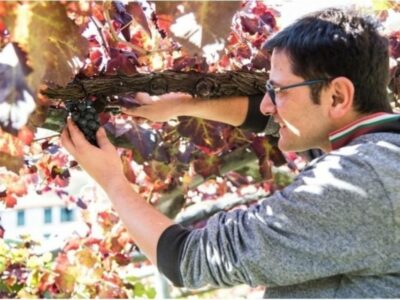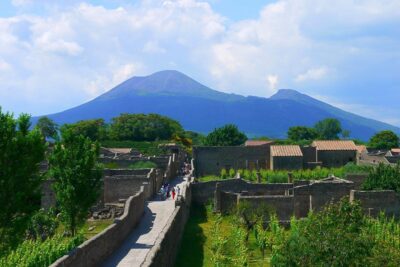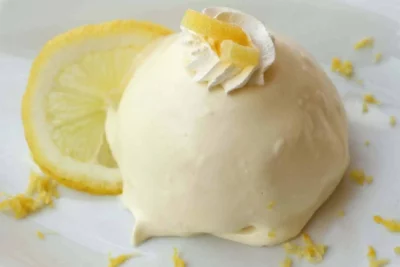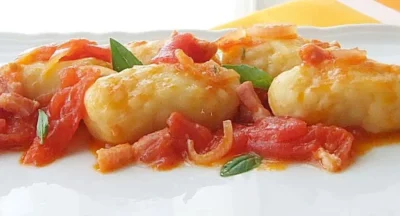The Amalfi Coast is famous for the production of a particular variety of lemon, the Sfusato Amalfitano, protected by a quality mark that gives this fruit the recognition it deserves all over the world.
The climate of the Amalfi Coast favours the growth of this inimitable citrus fruit, characterised by a thick, wrinkled skin rich in essential oils.
It is precisely its pecurliar characteristics, such as the presence of numerous oil glands in the outer part of the peel, that make the Amalfi Coast lemons very versatile: there are countless possibilities for its use in the kitchen, ranging from sweet to savoury, and which find their maximum expression in the tasting of the lemon pure or in salads, in the making of sorbets and granitas, but above all in excellent liqueurs, among which limoncello undoubtedly excels.
In this article we will try to provide a sort of map to guide you in your choice of the many liqueurs and rosolios on the Amalfi Coast. In addition to this, we will provide a selection of liqueurs produced by local companies, so that you can buy even from afar the authentic “Made in Amalfi Coast” of which we are so proud and which we invite you to try!
Indice dei contenuti
Limoncello di Amalfi: a speciality loved around the world

This natural liqueur is characterised by excellent properties and a unique taste and is only made according to the traditional recipe.
Limoncello is simple to prepare and does not require the addition of colouring agents, stabilisers, additives or preservatives: this guarantees the unique and unmistakable taste of the product. For the production of limoncello, the peel of the untreated sfusato amalfitano is used, which is left to macerate for a few days in 90% alcohol, water and sugar.
Limoncello has digestive properties and is served chilled, or at most at room temperature.
If you are on the Amalfi Coast, we recommend you try the Lemon Spritz, one of the most popular cocktails at aperitif time, made with limoncello, prosecco, a few touches of selz and a drop of lemon juice.
Alternatively, you can also make it at home, taking care with the choice of raw materials: we do not recommend using classic supermarket limoncello, as the result is completely different.
Trust a local!
Lemon cream
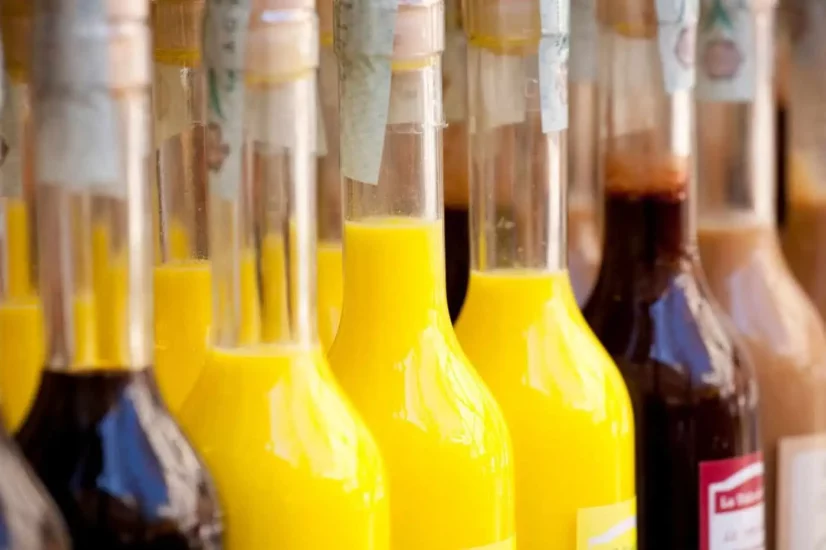
Another Amalfitan liqueur made using the flavour of lemons is lemon cream.
This is a creamy, milky-white liqueur, with an alcohol content of around 30°, made by mixing lemon liqueur, milk, sugar and cream.
To prepare this delicious cream, the traditional lemon liqueur must be made using alcohol, in which the peels of the lemons are left to macerate in the alcohol for 2 to 3 days. To this alcohol flavoured with citrus peel, syrup (water and sugar) is added. Then the whole milk is boiled with the sugar and allowed to cool completely.
Before bottling, the cream and some vanilla exytract are added to the mixture. Once it has been bottled, the cream can be kept in the freezer for two months.
Limoncello chocolate liqueur
There are several variations of the classic limoncello: one liqueur that differs from the more ‘traditional’ ones based on simple lemon is the limoncello-flavoured chocolate liqueur.
This liqueur is very similar to the classic limoncello, but its colour is obviously darker and the flavour enriched by the taste of chocolate. Chocolate limoncello liqueur is prepared by mixing an infusion of low-fat cocoa powder in 90° alcohol.
To this mixture, water and sugar syrup and of course limoncello must be added.
Fragolino liqueur
A liqueur that has nothing to do with the Amalfi Coast lemon is fragolino.
This is a dark red rosolio with an alcohol content of around 35°. Fragolino is made by infusing wild strawberries in alcohol, to which a syrup of water and sugar is then added.
Those who enjoy making this distillate at home also tend to use normal strawberries, as long as they are pulpy and tasty, however, the original recipe calls for the use of wood strawberries. Once ready, this rosolio can be stored in the freezer or refrigerator for up to a year, although care should be taken in this case to leave it in a cool place to prevent it from going rancid.
Concerto liqueur
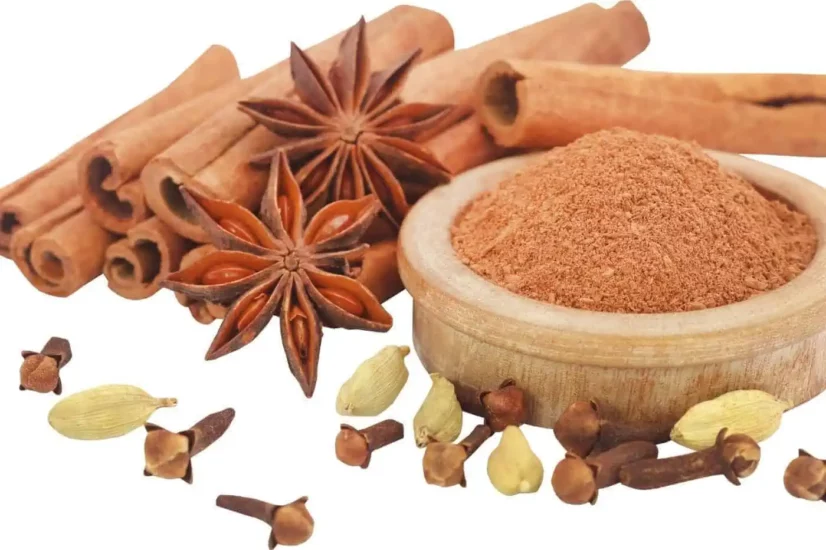
Another liqueur from Amalfi that does not include lemon among its ingredients is Concerto, a dark-coloured liqueur with an alcohol content of around 30°. Concerto has very ancient origins and in the past was traditionally prepared by the monks of the Convento dei Frati di San Francesco in Tramonti.
Concerto is obtained by steeping a mixture of 15 different herbs and spices (hence the name) in alcohol for a period of 40 days.
If you would like to put yourself to the test in preparing the concerto, we would like to remind you that the perfectly dosed combination of these spices is kept by local pharmacies, particularly those in Tramonti and Maiori.
After the maceration period has expired, the alcohol is filtered and the syrup prepared separately from water, roasted and ground barley and coffee, with the addition of sugar, is added. Once bottled, this liqueur with digestive properties should be stored in a cool place and left to mature for at least two months.
Fennel liqueur
This liqueur is characterised by a straw-yellow colour; its alcohol content reaches 30 °C and, like the concert liqueur, it is characterised by strong digestive properties.
This rosolio is obtained by macerating dried wild fennel seeds in alcohol for a period of a couple of weeks. After this period, the alcohol is filtered and the syrup of water and sugar is added. It is bottled and stored in a cool place. It can be consumed immediately, preferably cold.
Nocillo liqueur

A final liqueur typical of the Amalfi Coast is nocillo, a dark-coloured rosolio with an alcohol content of around 30 °C and strong digestive properties.
It is one of the oldest rosolios widespread in the mountainous area of the Amalfi Coast where the nut tree is present. Nocillo is obtained by macerating green walnuts, traditionally harvested on St Giovanni’s day, in alcohol. Maceration lasts for 30-40 days and takes place in well-sealed glass jars exposed to the sun.
After the necessary days have passed, the mixture is filtered and cold sugar water syrup is added. It is then bottled and stored in a cool place and left to mature for at least 2 months before consumption.



